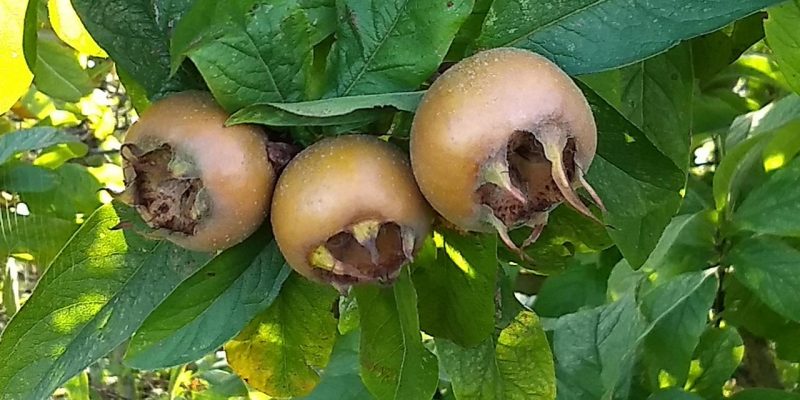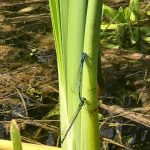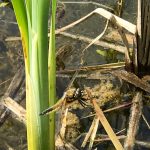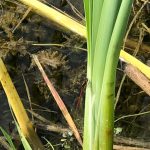
Jubilee Wood in May 2018
May has been another interesting month weather wise, sometimes pouring with rain and at other times so hot it’s been difficult to be outside.It doesn’t seem to have bothered Mother Nature though, and the Jubilee wood is growing at a fast pace, full of flowering trees and hedges as well as many different varieties of ground cover including grasses and wildflowers.
The pond
The pond is now quiet as far as the newts are concerned but there’s plenty of activity still to be seen as the damsel and dragon flies take their opportunity to fascinate the viewer with their aerobatic displays on sunny days, and in case you’re wondering how to tell the difference between the two….
Dragonflies and damselflies
Dragonflies and damselflies belong to the insect order Odonata meaning ‘toothed jaws.’ They originated some 300 million years ago and have survived with relatively little change in their basic structure. Collectively known as Dragonflies they are divided into two distinct sub-orders, the Anisoptera (true dragonflies) and Zygoptera (damselflies). There are a number of differences between these sub-orders which will help you decide if you are looking at a dragonfly or damselfly:
Unequal wings
Anisoptera means ‘unequal wings’ as the forewing is narrower than the hindwing. They are generally larger and more robust with a powerful flight. When the insect comes to rest it leaves the wings outstretched. The head shape is spherical with eyes that cover most of the head and usually meet in the middle at a contact point.
Equal wings
Zygoptera means ‘equal wings’ as the wings do not differ in shape. The damselflies are usually smaller insects with a weaker fluttery flight and when they come to rest most species fold the wings neatly together and hold them above the abdomen. They have a rectangular head shape with eyes located at the side of the head which are clearly separated with no contact point.
Can you identify the following from these photos taken recently at the Jubilee pond?
The Wood Walker



Leave a Reply